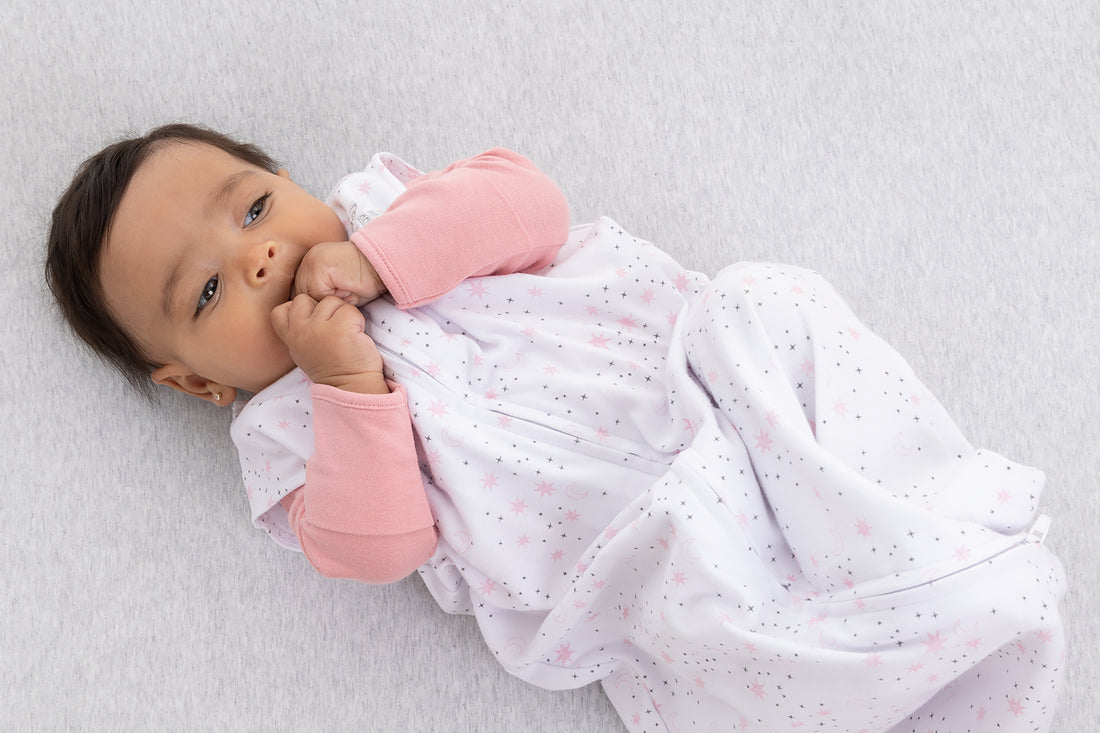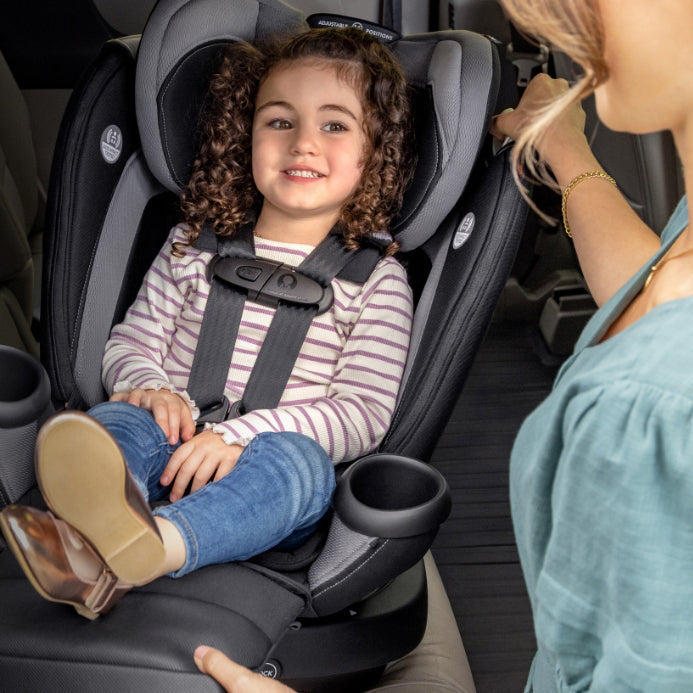
Top 5 Safe Sleep Tips for New Parents
Becoming a parent is overwhelming, emotional, exhausting…and wonderful. Everyone involved is learning how to manage the basics together – and sleep is one of the most basic necessities of all. So, we wanted to share a few tips to help you make your infant’s sleep time a little safer.
- Remember your ABCs. Babies should always sleep alone, on their back, and in a crib. However, a full-size crib is not the only option for safe sleep for your infant. Portable play yards and bassinets may also be appropriate places for infant sleep. Beware of hand-me-down baby gear: make sure the product you choose for your child’s sleep environment meets current federal safety standards. The Juvenile Product Manufacturer’s Association provides the JPMA Certified seal to products that meet all federal regulations and other voluntary safety standards. Additionally, it is important to remove everything from your baby’s sleep space: this includes, blankets, bumpers, stuffed animals, etc.
-
Swings and inclined seating devices are not intended for sleep. This is so tempting, especially when baby gets fussy, but it is really important that infants are always in a safe and flat space for unsupervised sleep. Swings and bouncers are great for daytime use when your eyes can be on your baby.
-
Car seats are not designed for sleep either. Yes – some kiddos love the hum and motion of a vehicle, and they will go right to sleep as soon as you start your travel. (Other infants, like my second child, hate every second of being in a car seat and will scream for the entire length of your drive – but, I digress). While your infant may fall asleep in the car seat while you are traveling, when you arrive at your destination, it is critically important that the baby is removed from the car seat and placed in their safe sleep space. Car seats are designed to protect infants during travel – they are not designed to be used for long term sleep.
-
Share a room with baby for the first six months. The American Academy of Pediatrics recommends room-sharing with your infant for their first six months. It is important, however, that while the baby is sharing your room, they still have their own safe space to sleep. With my kids, we brought in a bassinet, and then a play yard when our kids outgrew the bassinet. I kept it close to my bed, which helped for overnight feedings and diaper changes.
- Use a sleepsack to keep baby warm. Remember those ABCs from earlier? Infants should sleep alone without any additional blankets. Sleepsacks are a great alternative to a loose blanket. They can help keep baby warm, but are worn by the infant.
Wishing you and your family sweet (and safe) dreams!
Additional Resource Links:
US Consumer Product Safety Commission: www.cpsc.gov/safesleep
American Academy of Pediatrics: https://www.healthychildren.org/English/ages-stages/baby/sleep/Pages/a-parents-guide-to-safe-sleep.aspx
YOU MAY ALSO LIKE:
